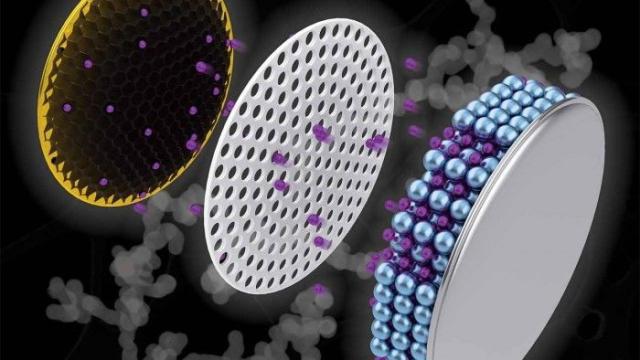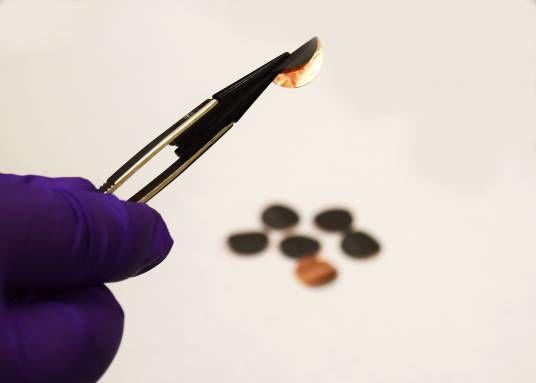Purdue University researchers announced a technological breakthrough that could have a major impact on future battery development. Researchers at Purdue University say that battery life in a cell phone or computer depends on how many lithium ions can be stored in the negative material of the battery. When these lithium ions are depleted, the battery can no longer supply current.

Certain materials can store more lithium ions, but these materials are usually too heavy or have problems in shape to replace graphite in modern batteries. Scientists and engineers at Purdue University have developed a new method to produce electrodes using the above materials, which can increase the running time of batteries, make them more stable and shorten the charging time.
Researchers have developed a new network structure called antimony nanochains. Antimony is a metal-like substance that enhances lithium ion capacity in batteries. Scientists compared antimony nanochain electrodes with graphite electrodes, and found that using antimony nanochain electrodes, a coin-sized battery took only 30 minutes to charge, while the lithium ion capacity doubled and 100 charge-discharge cycles were carried out.

The team points out that some commercial batteries have used carbon-metal composites similar to antimony metal anodes. However, when storing lithium ions, these materials will expand three times in volume, which will cause potential safety hazards when the battery is charged. The team developed an antimony particle with a nanochain shape that overcomes the shortcomings of the composite material that expands when charged. The team noted that the antimony nano chain keeps the lithium ion capacity stable in at least 100 charge discharge cycles, and believed that further charge discharge cycles are unlikely to reduce the battery capacity.
東莞杰夫 三氧化二銻